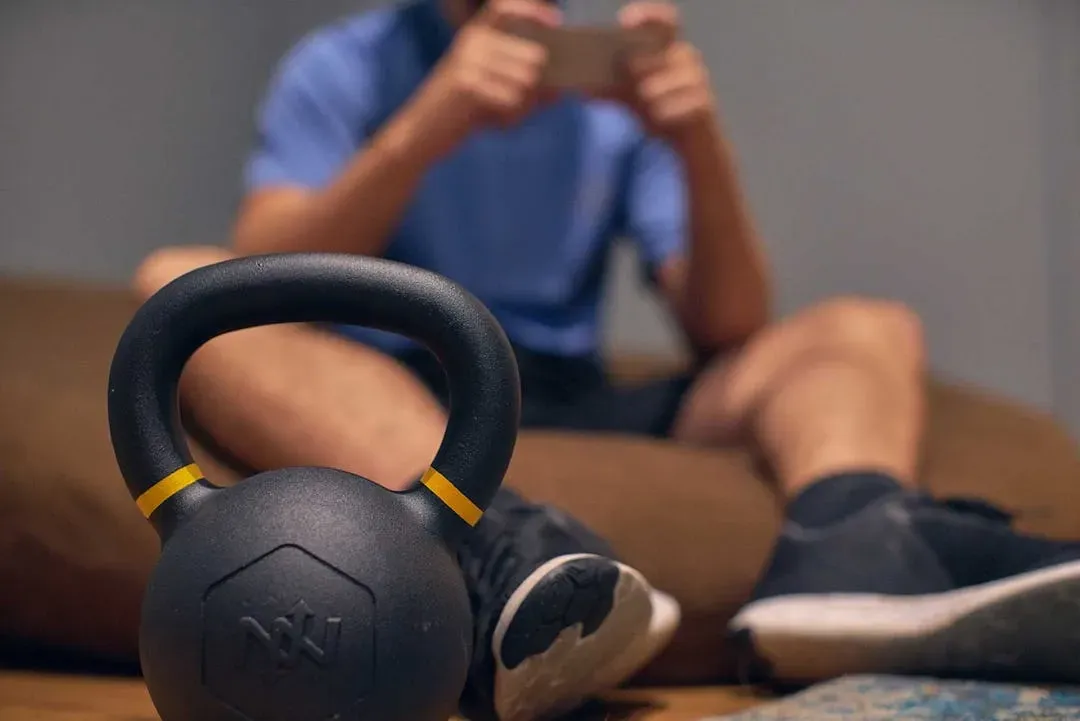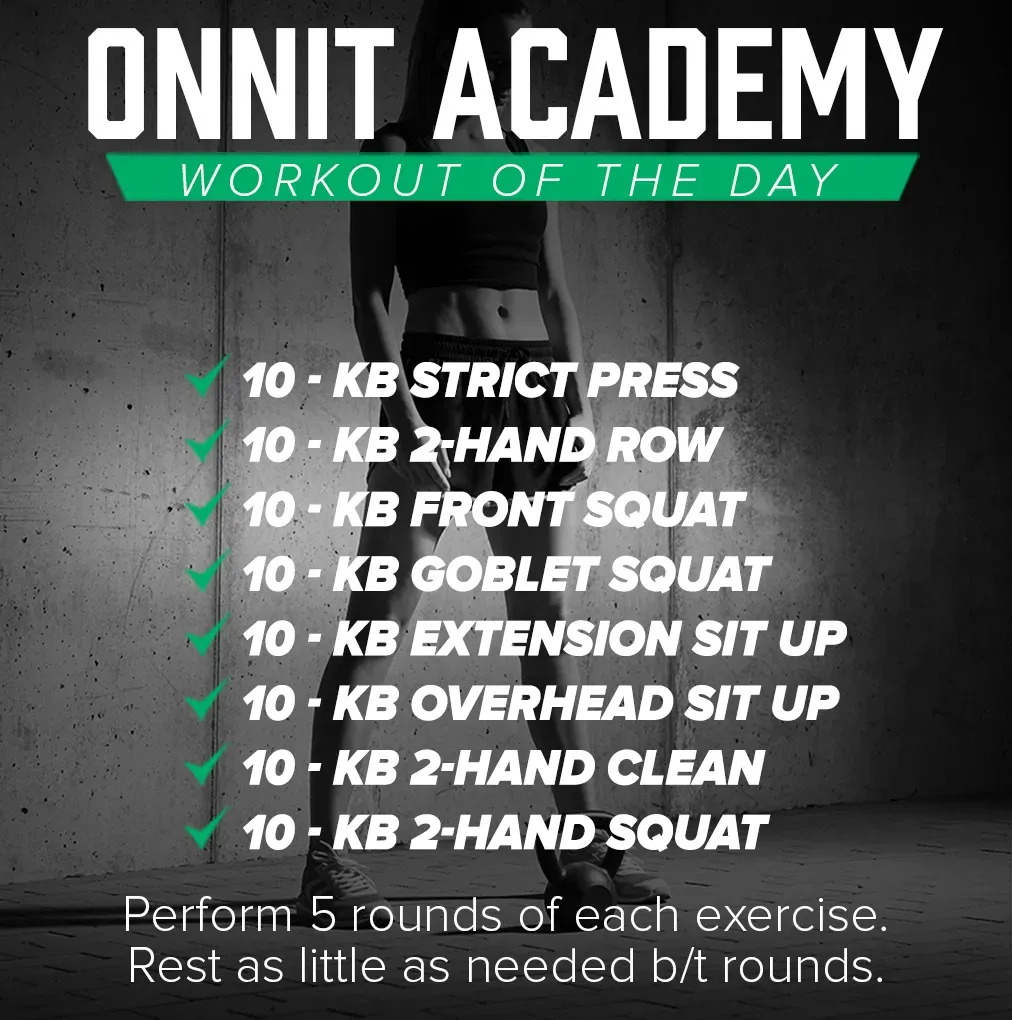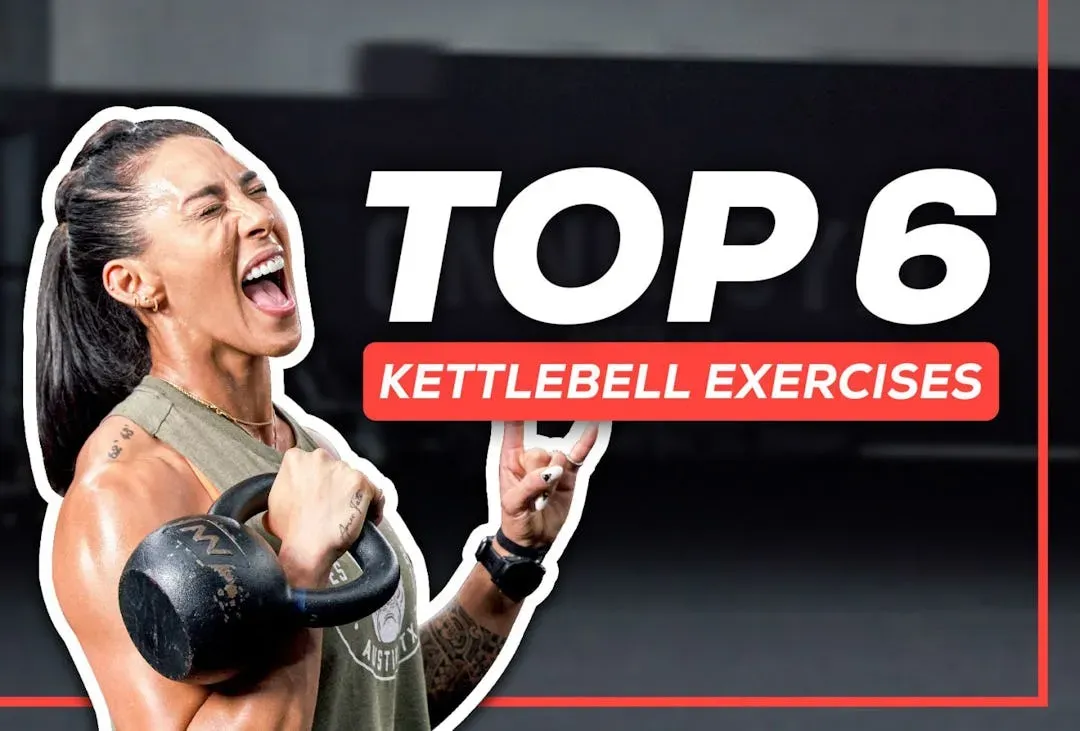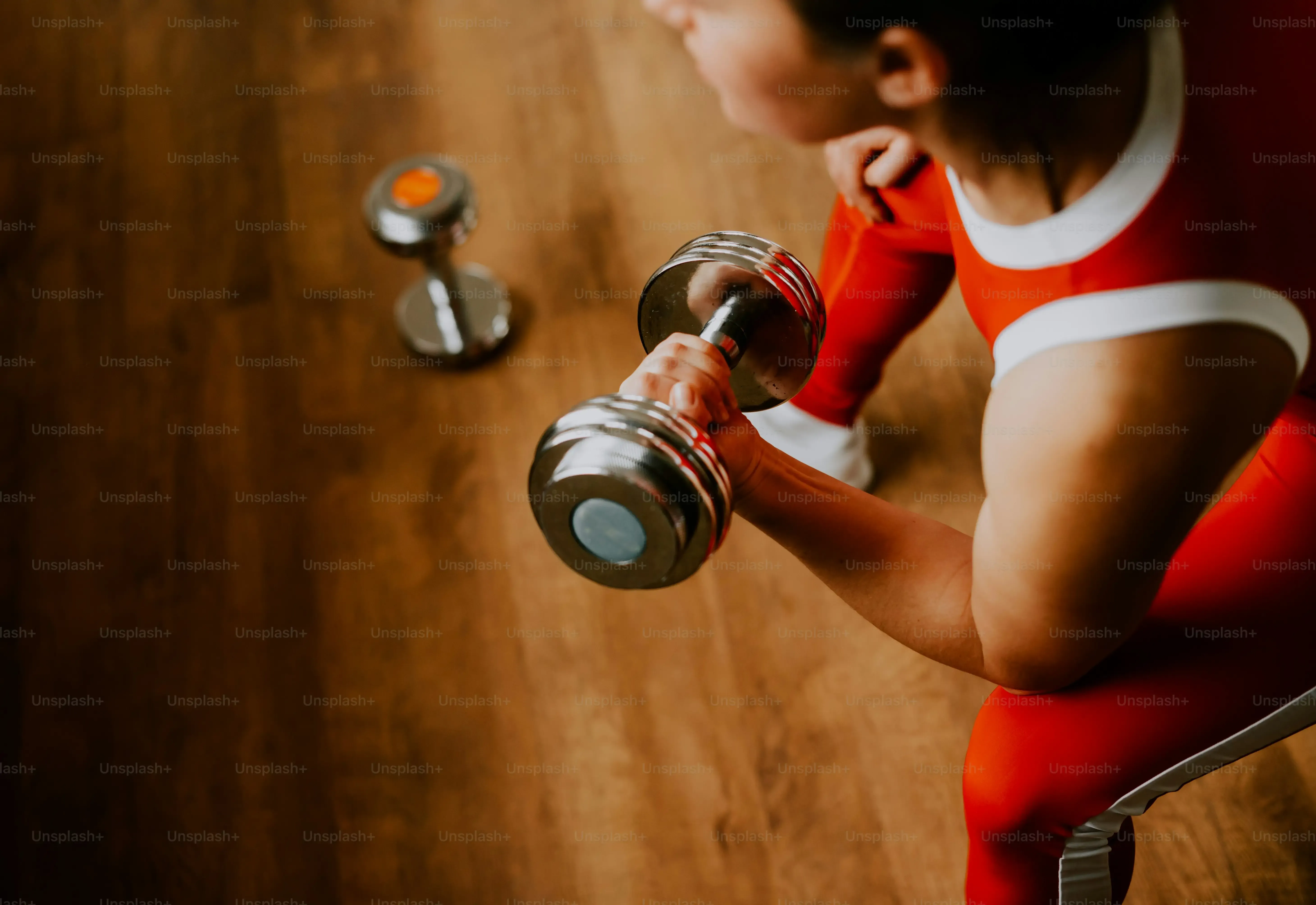Table of Contents
Alright, let's talk about getting strong without turning your living room into a full-blown gym. Maybe you've seen those cannonball-shaped weights and wondered if they're just for fitness fanatics swinging them around like mad. The truth is, kettlebells are one of the most effective tools for building real-world strength, power, and conditioning, and you don't need a ton of space or equipment to start. Trying to figure out where to even begin can feel overwhelming, right? You see complex movements online and think, "Nope, that's not for me."
Why Choose Kettlebells for Beginners?

Why Choose Kettlebells for Beginners?
so you're looking to get into fitness, maybe build some strength, and you keep hearing about these kettlebells. Why start with one of these things instead of just grabbing a set of dumbbells? For beginners, kettlebells offer something unique. They challenge your body in a different way than traditional weights because of their off-center handle and the dynamic nature of many kettlebell exercises. Think less about just lifting something up and down, and more about controlling a moving weight, which forces your body to work as a unit. This helps build core strength, stability, and coordination right from the start.
Essential Movements for Your Onnit Beginner Kettlebell Workout

Essential Movements for Your Onnit Beginner Kettlebell Workout
Grasping the Hinge: The Foundation
If there's one movement pattern you absolutely must master with a kettlebell, it's the hinge. This isn't just bending over; it's about pushing your hips back while keeping your spine neutral, like you're trying to touch a wall behind you with your backside. Think of the kettlebell swing or the deadlift – these are hinge-based. For your onnit beginner kettlebell workout, getting this right is non-negotiable. Mess up the hinge, and your lower back takes the brunt instead of your powerful glutes and hamstrings. Start light, really light, focusing purely on the movement pattern before adding significant weight or speed. It feels awkward at first, like your body forgot how to do it, but practice makes it click.
Squatting and Pressing: Building Full-Body Strength
Next up are the squat and the press. The goblet squat is a fantastic beginner kettlebell exercise. Holding the bell at your chest helps keep your torso upright and provides a nice counterbalance as you lower down. It hits your legs and gets your core working hard. Then there's the press. Whether it's an overhead press or a floor press, learning to press a kettlebell safely requires control. The weight hanging below your hand in an overhead press demands more shoulder stability than a dumbbell. These movements are fundamental in any onnit beginner kettlebell workout because they build foundational strength needed for more complex lifts later on.
- Hinge: Crucial for swings and deadlifts. Hips back, chest up.
- Squat: Goblet squats are your friend. Hold the bell at your chest.
- Press: Overhead or floor press. Focus on shoulder stability.
- Row: Pulling motions for back strength.
- Carry: Simple but effective for core and grip.
Pulling and Stabilizing: Rounding Out the Basics
Don't forget the pulling movements. A simple bent-over row with a single kettlebell works your back muscles effectively. Keeping your back straight while pulling the weight towards your hip is key here. Besides these core movements, don't underestimate carries, like the farmer's walk or the rack walk (holding the bell at your chest or shoulder). These might seem too simple, but they build incredible grip strength and core stability, which is essential for handling heavier kettlebells down the line. Mastering these essential movements for your onnit beginner kettlebell workout lays the groundwork for everything that follows.
Your First Complete Onnit Beginner Kettlebell Workout Routine

Your First Complete Onnit Beginner Kettlebell Workout Routine
so you've got the basic movements down – the hinge, the squat, the press, the row, and maybe even a basic carry. Now you want to string them together into something that actually feels like a workout. No need for complicated programming just yet. Your first complete onnit beginner kettlebell workout should be simple, effective, and repeatable. We're talking about putting these foundational movements into a circuit or a simple structure that gets your heart rate up and reinforces good form. Think of it as building your personal fitness Lego set, piece by piece. Don't expect to be swinging a 32kg bell on day one; start light, maybe 8kg for women, 12-16kg for men, focusing on executing each rep cleanly. Consistency beats complexity every single time when you're just starting out.
Mastering Proper Form in Your Onnit Beginner Kettlebell Workout

Mastering Proper Form in Your Onnit Beginner Kettlebell Workout
Why Form Trumps Everything Else
so you've got the bell, you know the basic moves for your onnit beginner kettlebell workout, and you're ready to go. Hold up a second. Before you go swinging like you're ringing the town square bell, let's talk form. This isn't just about looking pretty; it's about keeping your joints happy and actually getting the benefits you're after. Bad form doesn't just make the exercise less effective; it's a fast track to pain and injury. Think of it this way: you wouldn't build a house on a shaky foundation, right? Your body is the house, and proper form is the foundation. Skimping here means you'll likely pay for it later, maybe with a cranky back or a shoulder that doesn't want to cooperate.
Spotting and Fixing Common Mistakes
It's easy to fall into bad habits, especially when you're new to the onnit beginner kettlebell workout. One of the most frequent offenders? The "squat-swing" instead of a proper hip hinge. People bend their knees too much and don't drive enough with their hips. Another classic is rounding the back during deadlifts or swings – a surefire way to make your chiropractor rich. Pressing a kettlebell overhead with a flared rib cage or shrugged shoulders is also a no-go; you're asking for shoulder trouble. Learning to spot these in yourself, maybe by recording a set or asking a friend, is crucial.
Exercise | Common Mistake | How to Fix |
|---|---|---|
Kettlebell Swing | Squatting instead of hinging | Focus on pushing hips back, minimal knee bend. Imagine hitting a wall with your glutes. |
Deadlift/Hinge | Rounding the lower back | Keep chest up, slight arch in lower back. Hinge from the hips, not the waist. |
Overhead Press | Flaring ribs, shrugging shoulders | Engage core, pull ribs down. Keep shoulders packed, don't let them creep up to your ears. |
Tips for Dialing In Your Technique
So, how do you actually get good at this form thing? Slow down. Seriously. Drop the weight significantly and focus solely on the movement pattern. Don't worry about reps or time initially during your onnit beginner kettlebell workout. Video yourself from different angles – it's painful to watch sometimes, but incredibly informative. Get feedback from someone who knows what they're doing, even if it's just for a few sessions. Remember, consistency in practicing good form is more important than lifting heavy weights poorly. As the saying goes, "Practice doesn't make perfect; perfect practice makes perfect." Are you willing to slow down to build that solid foundation?
Taking the Next Step: Progressing Your Kettlebell Journey

Taking the Next Step: Progressing Your Kettlebell Journey
Knowing When and How to Add Weight
So, you've been grinding through your onnit beginner kettlebell workout, the movements feel solid, and that initial weight just isn't the challenge it used to be. You're not wobbling during swings, your goblet squats feel stable, and pressing doesn't feel like you're trying to lift a small car anymore. This is where a lot of people either get stuck doing the same thing forever or jump too fast to a weight they aren't ready for. Progression isn't just about grabbing a heavier bell, although that's definitely part of it. It's about consistently challenging your body just enough to keep adapting. Before you size up that kettlebell, make sure you can comfortably hit all your target reps and sets with good form. If you planned for three sets of ten swings and you're breezing through them, it's a sign.
When you are ready to increase the load, jump too high and you'll sacrifice form, inviting injury. A good rule of thumb is to make small jumps – maybe moving from a 12kg to a 16kg bell, not straight to a 24kg monster. You can also progress by adding more reps with the same weight, adding more sets, or decreasing the rest time between sets. These are simple ways to increase the demand on your muscles and cardiovascular system without needing a whole new set of kettlebells immediately after your onnit beginner kettlebell workout phase.
Branching Out with New Movements
Once you're solid on the foundational five (hinge, squat, press, row, carry), the kettlebell world opens up a bit. You can start exploring variations or slightly more complex exercises that build on those basics. Think single-leg deadlifts for more unilateral strength, or maybe introducing the clean to link the hinge and the rack position. Two-hand swings can become one-hand swings, which add a significant core challenge. Turkish get-ups? Those are the ultimate full-body control exercise, but they require patience and breaking them down into steps. Don't feel pressured to learn everything at once.
Adding new movements should supplement, not replace, your core exercises initially. They provide new stimuli and work muscles in slightly different ways, keeping things fresh and building a more well-rounded base. Just like with adding weight, start these new exercises with a very light bell, focusing purely on learning the coordination and form. Rushing into a complex move with too much weight is a recipe for disaster and feels pretty stupid when you pull something you shouldn't have.
- Add reps or sets to existing exercises.
- Decrease rest time between sets.
- Move to a slightly heavier kettlebell when form is solid.
- Introduce single-sided variations (one-arm swings, single-leg deadlifts).
- Explore new exercises like cleans, snatches (later!), or Turkish get-ups (very slowly).
Swinging Towards Strength: Wrapping It Up
So there you have it. Ditching the idea that you need a gym packed with machines or a degree in biomechanics to get fit with kettlebells is step one. The onnit beginner kettlebell workout is a solid entry point, focusing on foundational movements that build a base of strength and coordination. We covered why these oddly shaped weights are effective, the essential swings, squats, and presses to get you started, and a routine to put it all together. Remember, consistency beats complexity any day, especially when you're just starting. Getting the form right takes patience, maybe even a video review of yourself looking slightly awkward, but it’s crucial. Stick with the basics, add a little weight or a few more reps when it feels right, and you’ll find that one kettlebell in the corner can indeed be a pretty effective gym.